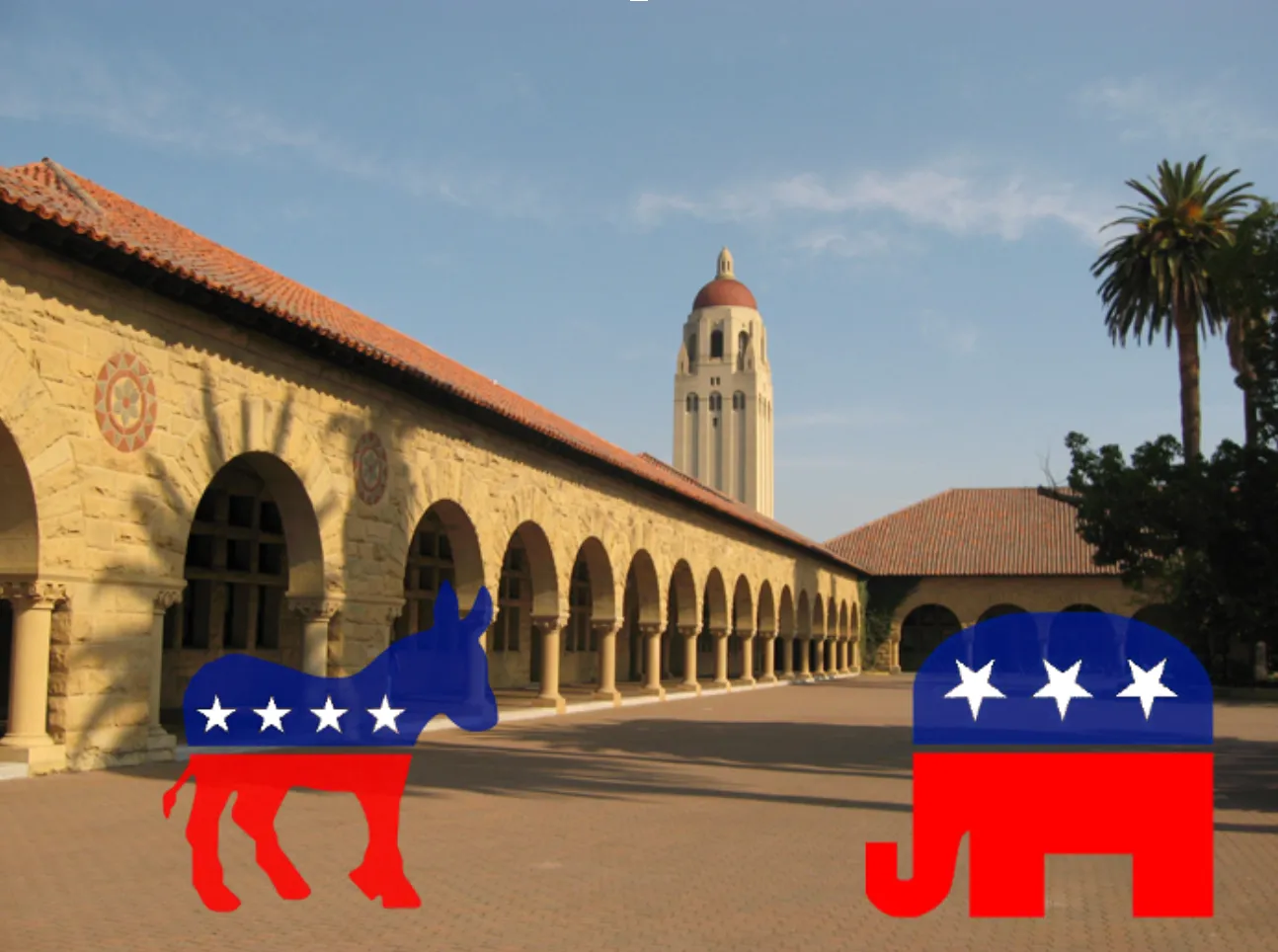Table of Contents
A set of fascinating statistics has been calculated by the Center for College Affordability and Productivity, which looked at DI Athletics universities and compared spending on athletics and classroom education. They found that, at the top of the distribution, schools such as the University of Arkansas, the University of Alabama, and the University of Tulsa were spending about 50 percent as much on athletics as on instruction. The page doesn’t give details on what exactly was considered as “instruction” (research, presumably, might not have been included, but what about building upkeep and paying for utilities? And what about professor salaries? Are those considered entirely instruction or is that partially research?), but that figure is astounding: for every dollar spent on the classroom, Arkansas spends ¢56.5 on sports! Although, as the page points out and as proponents of the school athletics will be sure to mention, some of these programs may turn a profit and thus not actually require cuts to instruction to sustain, it still seems hard to fathom that it is actually necessary to spend ~1/3 of the school’s undergraduate funding on sports.
For reference, here’s a list of the 2008-2009 Director’s Cup top 5 and their ratios of spending:
-
Stanford, 7.5 percent
-
North Carolina, 9.8 percent
-
Florida, 17.9 percent
-
Southern California, 9.4 percent
-
Michigan, 11.1 percent
There doesn’t seem to be a lot of evidence that an inflated ratio is correlated with overall athletic success (as measured by Director’s Cup performance), but the most obvious source of a high ratio is a major football program. These programs may well make money for the school (although, nation-wide, only 19 athletics departments did not require subsidies in 2006), but they do suck up resources. Is it possible that a school might be able to achieve even football success with a bit less athletics spending? It would be to the overall benefit of the university; after all, shouldn’t having a good football team be a secondary part of one’s education, not a primary focus?
Oh, and it seems that Stanford has achieved success on the (relative) cheap, although it’s low ratio is likely more a result of the fact that athletics spending is at least partially capped by limits on scholarship totals and Stanford spends an immense amount on education. In absolute dollar amounts, Stanford may well spend a similar amount per athlete to many other universities. On the whole, private universities seem to spend (relatively) less than their public counterparts, which might come as a result of higher per capita educational spending rather than lower athletic spending (although that may be true as well).







